I thought I’d interrupt the lipid series to talk about the place of rice in our diet. This is also an opportunity to explain to those who haven’t read the book the logic underlying our diet.
The occasion: Cliff at PaleoHacks questioned our endorsement of white rice:
White rice is touted to be basically pure starch by Paul Jaminet on the basis that Asian people eat it so it must be healthy right?
Not exactly. Cliff goes on to express concern about phytate toxicity and low nutrient density. Rose (in the comments) was concerned about beriberi (thiamin deficiency disease).
There were a lot of great replies, especially Melissa McEwen’s. (Melissa found some statistics on the fraction of phytate destroyed by cooking, and improved Wikipedia’s data on phytic acid content of foods.) I got a laugh out of John Naruwan’s answer (which he intended to be humorous):
My theory on Jaminet’s apparent love of white rice is his Chinese wife. My own wife is Chinese (well, Taiwanese). When I explain that maybe white rice is not so good for optimal health, I get the speech about Chinese people eating rice for thousands of years, blah blah blah. Bottom line: you try telling a Chinese person that rice is anything less than good for you and you happen to be that person’s husband, well, basically you’ll be sleeping on the sofa for a week.
In fact Shou-Ching is as interested in good health as I am. She often makes the point that in traditional Chinese cooking rice was eaten more as a palate cleanser than as a staple calorie source. We like white rice, but if evidence showed it to be unhealthy we’d be equally quick to stop eating it.
And, John – Shou-Ching is so nice, when she gets mad at me she goes out and sleeps on the sofa!
The Logic Behind Our Diet
Although we consider our diet to be a “Paleo” and “Pacific Islander” diet (by the way – read Jamie Scott’s report from Vanuatu if you haven’t already!), we did not construct the diet according to the syllogism, “People (from the Paleolithic, or East Asia, or any other place or time) ate this way, and were healthy, so we should eat that way too.”
Rather, our approach is more reductionist and centered around nutrients and toxins. Our diet aims to simultaneously achieve two ends:
- Obtain enough of every nutrient to be fully nourished. It shouldn’t be possible to improve health by adding further nutrients.
- Eat so as to minimize the diet’s toxicity, by eating very little of any one toxin. Since “the dose makes the poison,” tiny quantities of diverse food toxins can be tolerated, but no one toxin should be abundant in the diet.
A third principle is that meals should be tasty and delicious. We believe our innate taste preferences evolved to help us be healthy, and therefore pleasurable meals are healthful meals. (This was our sticking point with Stephan Guyenet’s interpretation of food reward: see Thoughts on Obesity Inspired by Stephan, June 2, 2011.) Apart from healthfulness, however, we consider tastiness of food to be a positive value in its own right. Luckily we believe the most healthful diet is also the tastiest!
The Place of Rice in Our Diet
Any food which is low in toxins can be included in our diet. Low toxicity is the key, because a missing nutrient can be obtained from other foods – or from a multivitamin or supplement. But there are usually no antidotes to a toxic food.
Rice is very low in toxicity. Most rice toxins reside in the bran, so milled white rice is already low in toxins. The great majority of white rice toxins are destroyed in cooking.
As a result, cooked white rice is almost toxin free. Cliff worried about phytic acid, but the amounts in cooked white rice are small – lower than almost all other seeds, nuts, grains, and legumes, and about one-twentieth the level found in such foods as sesame seeds, Brazilnuts, and pinto beans, as Wikipedia (and Melissa) have pointed out.
Phytic acid is also not all that dangerous. It is a mineral chelator, which leads to minerals being excreted rather than absorbed. The primary risk is that it will induce a mineral deficiency. Because phytic acid preferentially binds iron, which can be dangerous, some advocate its supplementation.
We don’t agree with that, but we don’t consider the small amount of phytic acid in rice to be dangerous, especially given that we recommend a mineral-rich diet and supplementation with both a multivitamin and specific key minerals.
Optimize Diet, Not Foods
Nutrient density of an individual food is not an overriding concern. Only the diet needs to be optimized – not individual foods. It’s OK to eat a food that is low in nutrient density if other nutrient-rich foods make up for it.
Our diet derives only about 20% of calories from carbs. Even for rice lovers, rice is unlikely to provide more than half that, or 10% of energy. If rice is half as nutrient dense as alternative “Paleo” starches, it diminishes nutrient intake by only 5%. That’s easy enough to make up by eating more vegetables, liver, and eggs – or by taking a multivitamin.
Many Paleo dieters speak of “cheat” foods, as if it was somehow immoral, or a violation of the diet, to eat them. There are no “cheat foods” on our diet.
For instance, we’ll often eat strawberries with whipped cream sweetened with rice syrup. This is low in nutrients, but also low in toxins. It would not do as the primary food of the day, but as a dessert or snack it is quite healthy.
Glucose is a Nutrient
This is a point many low-carb dieters seem to forget. Macronutrients are nutrients too.
The body needs glucose. Glycoproteins and polysaccharide molecules like glycosaminoglycans are important structural components of the body; certain cell types rely on glucose for energy; and the immune system relies on glucose for generation of reactive oxygen species to kill pathogens.
If no carbs are eaten, the body has to generate glucose from protein. Glucose production may be insufficient or suboptimal. That was the point of our Zero-Carb Dangers series.
Of course, in excess glucose could become a toxin. But the same can be said for protein and polyunsaturated fats. We don’t exclude meat or salmon from the diet because they can be over-eaten. One shouldn’t exclude rice either.
Conclusion
A healthy diet should contain a diversity of foods. This will reduce the diet’s toxicity, improve micronutrient ratios, and increase meal pleasurability.
Rice should not provide a large share of dietary calories – probably not more than 10% – but there is no reason to reject it merely because it is a grain. True, it comes from a bad family. But it’s the good child. Don’t hold its relatives against it.







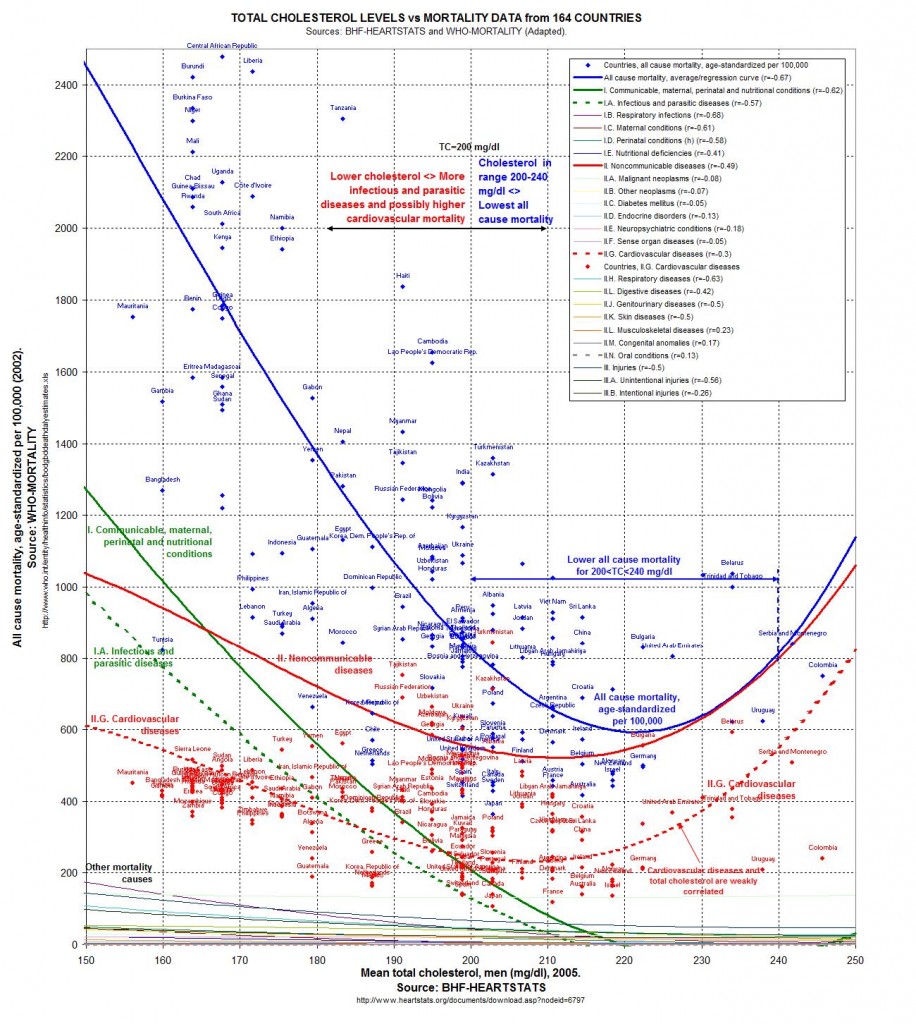
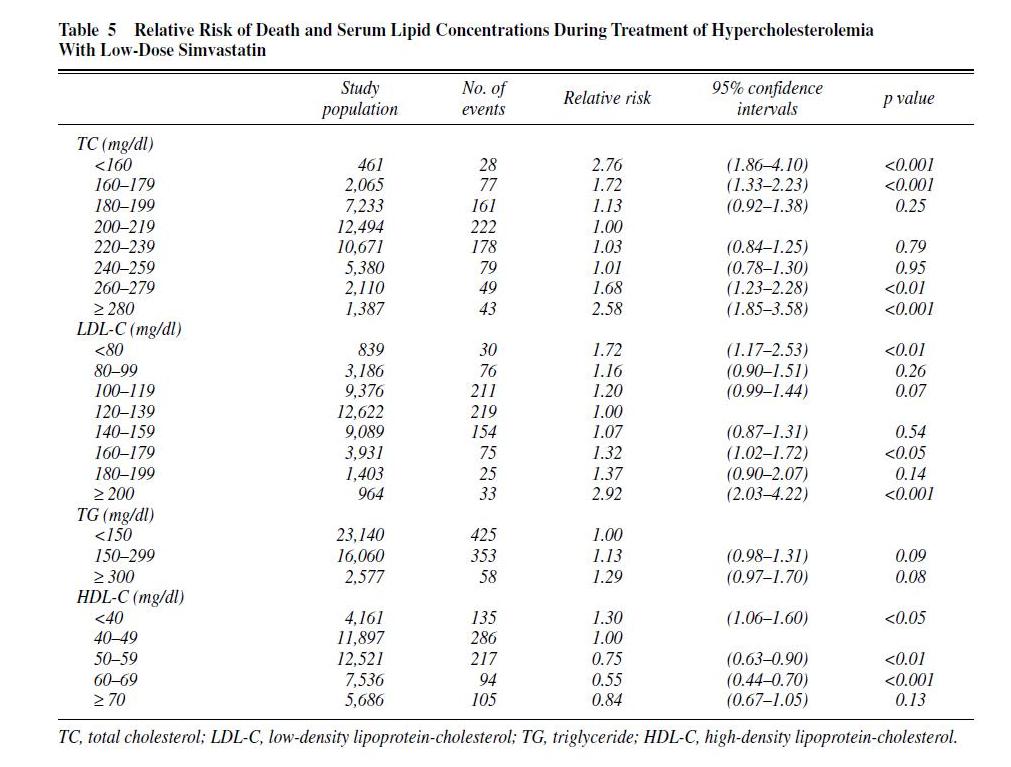
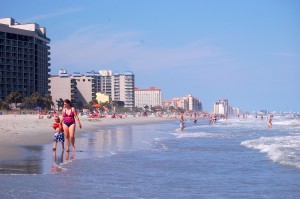


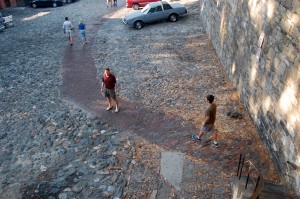

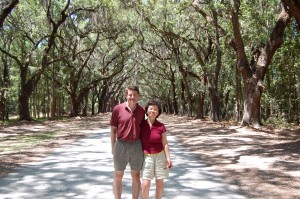
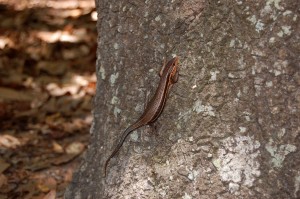
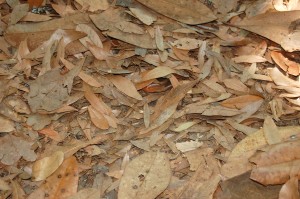
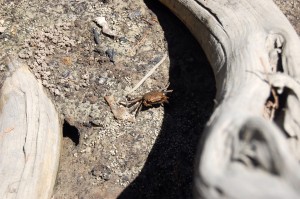
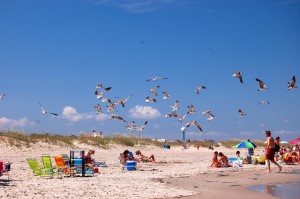
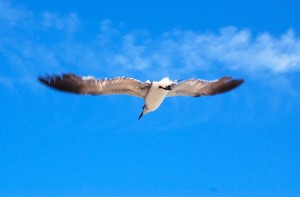
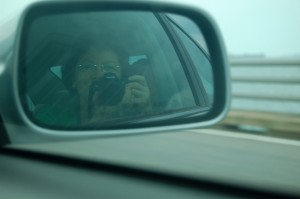
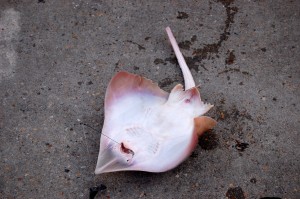
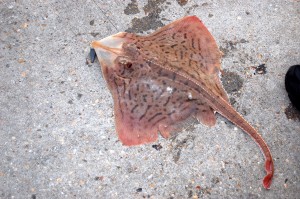
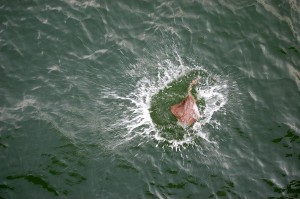
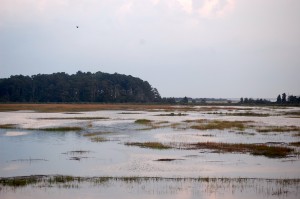
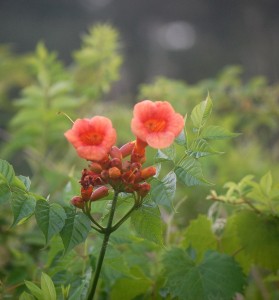

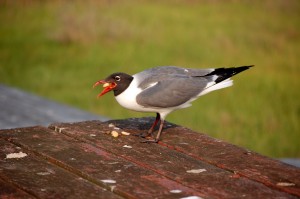
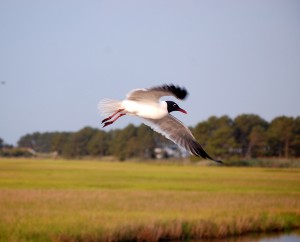
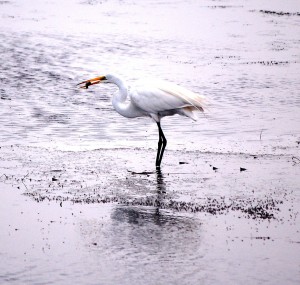
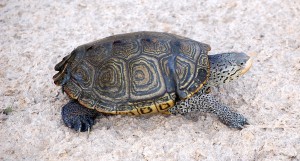
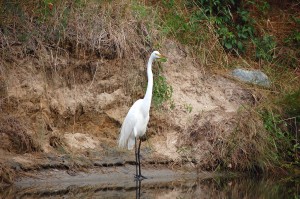
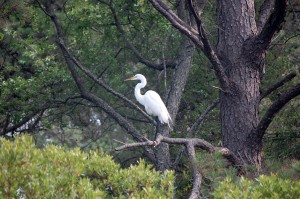
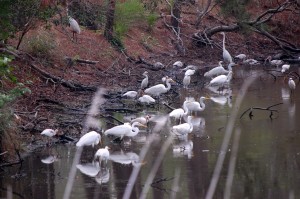
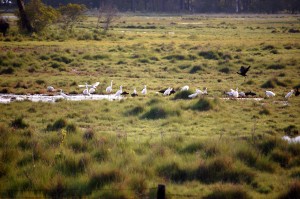
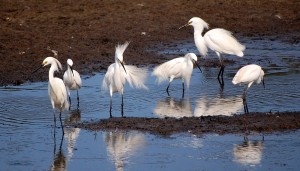
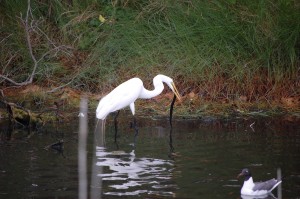
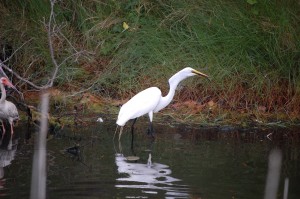
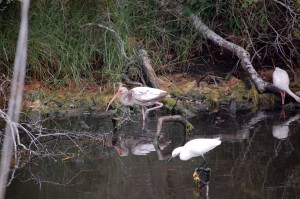
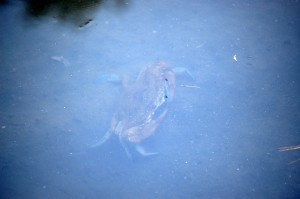
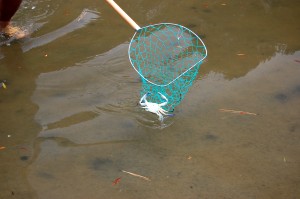
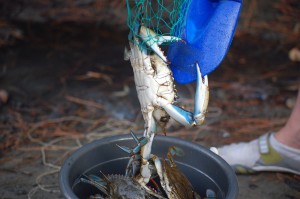
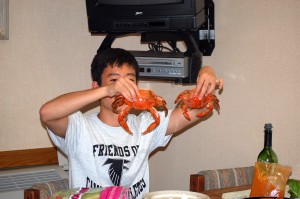
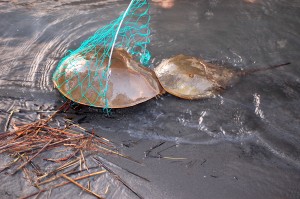
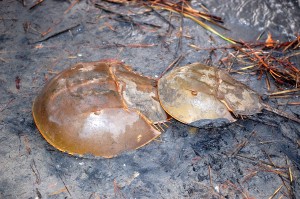
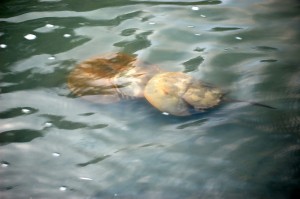
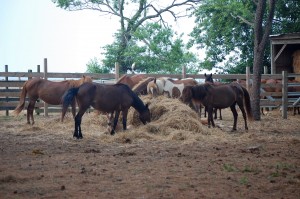
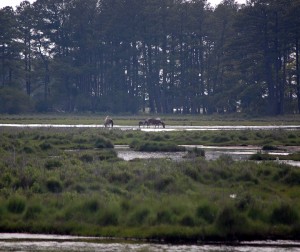
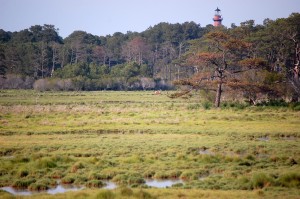
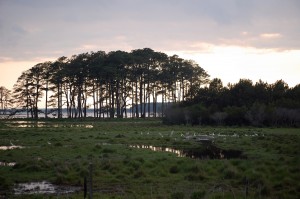

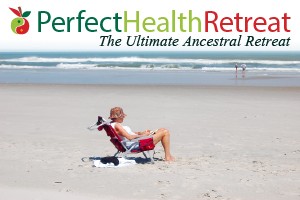
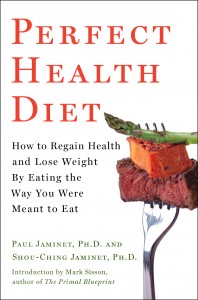
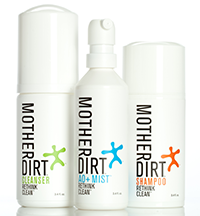
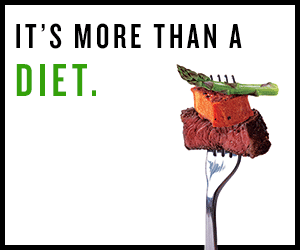
Recent Comments